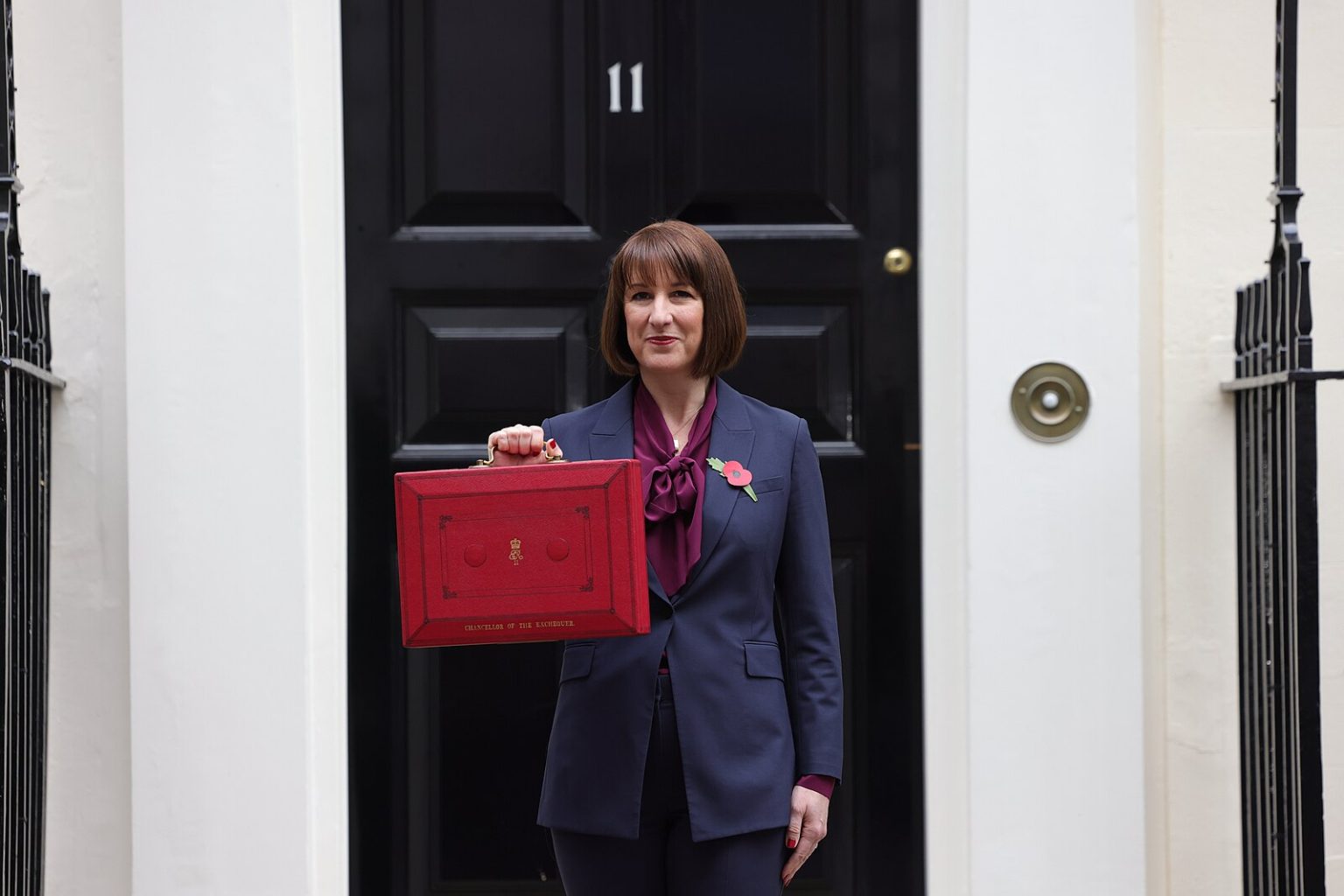Attention All Online Influencers and Content Creators: Stay Compliant with New HMRC Reporting Requirements implemented from January 2025
As the digital landscape evolves, it’s crucial for online influencers and content creators to stay informed about their tax obligations. Recent changes by HM Revenue & Customs (HMRC) have introduced new reporting requirements that directly impact those earning income through online platforms.
Understanding the New Reporting Requirements
Starting from January 2025, online platforms such as eBay, Vinted, and Airbnb are mandated to report users’ earnings to HMRC. This initiative aims to uncover undeclared income and ensure tax compliance among individuals engaging in online sales or services. The reporting threshold is set at £1,700 annually or 30 transactions. Exceeding this threshold necessitates reporting your earnings to HMRC.
Implications for Influencers and Content Creators
If you’re receiving income from brand collaborations, sponsored content, affiliate marketing, or selling products online, these earnings are subject to taxation. Even non-monetary compensation, such as gifted products or services received in exchange for promotion, is considered taxable income and must be reported.
Steps to Ensure Compliance
1. Register for Self-Assessment: If your self-employed income exceeds £1,000 in a tax year, you’re required to register as self-employed with HMRC by 5 October following the end of that tax year.
2. Maintain Accurate Records: Keep detailed records of all income and expenses related to your online activities. This includes monetary payments and the fair market value of any products or services received.
3. File Your Tax Return: Complete and submit your Self-Assessment tax return by 31 January each year, detailing all income and allowable expenses.
4. Pay Taxes and National Insurance Contributions: Based on your reported income, ensure timely payment of any due taxes and National Insurance contributions to avoid penalties.
Consequences of Non-Compliance
Failing to adhere to these tax requirements can result in fines, investigations, and even reputational damage. Missing the registration deadline can lead to an initial £100 fine, with additional penalties accruing for continued non-compliance.
Beyond financial penalties, incorrect tax declarations or tax avoidance can have serious reputational consequences. High-profile cases like Jimmy Carr, who faced public backlash over tax avoidance schemes, and Lord Alan Sugar, who has been vocal about tax compliance, highlight how scrutiny from HMRC can lead to negative media attention and damage professional credibility.
For influencers and content creators whose brand relies on public trust, being caught in a tax controversy could impact sponsorships, collaborations, and audience perception. Staying compliant isn’t just about avoiding fines—it’s about protecting your reputation and long-term career.
Seek Professional Advice
Given the complexities of tax regulations, it’s advisable to consult with a tax professional or accountant who specializes in digital income to ensure full compliance and optimize your tax position.
Staying informed and proactive about your tax obligations not only keeps you compliant with HMRC but also allows you to focus on growing your online presence with peace of mind.
Unsure where to start, contact us for an initial discussion.
Because tax efficiency shouldn’t be a burden!

February 7, 2025
Stay Compliant & Protect Your Brand—Take Ac

October 31, 2024
Autumn Budget 2024: How this affects you?

August 27, 2024
Offshore Funds & Assets as Secret as a Billbo

August 1, 2024
Changes to the taxation of non-UK domiciled indivi

July 26, 2024


